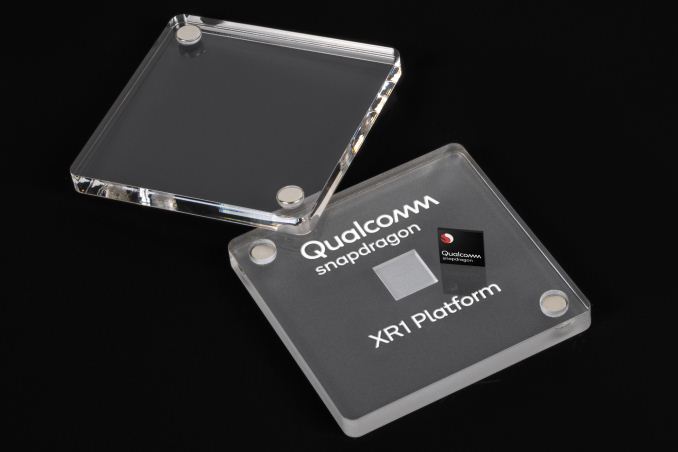Back in February, Qualcomm announced the Xtended Reality (XR) platform. At the time, it was thought the company would simply embed XR into the upcoming Snapdragon 845 processor. While the 845 will still support XR, the introduction of the Snapdragon XR1 provides OEMs with a dedicated chip. Leveraging artificial intelligence, the Snapdragon XR1 Platform can optimize XR performance and offer improved efficiency and power managements. The upside of the processor is it will allow OEMs to integrate processing directly into devices, such as headsets. That means hardware will be individually powered and not reliant on PC processing. A device using the processor will simultaneously map, localize and detect objects (SLAM) in the real environment so users can avoid them.
Qualcomm has discussed the chief qualities of the new processor: “Visual Technology The XR1 platform will enable consumers to be immersed in their favorite movies, programs and sports by supporting Ultra high-definition 4K video resolution at up to 60 frames per second for high-quality VR HMDs. New dedicated hardware and software algorithms within its Qualcomm Spectra Image Signal Processor (ISP) can help significantly reduce unwanted noise from snapshots producing a substantially improved final picture in high-quality AR headsets. The integrated display processor provides a range of display options with hardware accelerated composition, dual-display support, 3D overlays and support for leading graphics Application Programming Interfaces (API), including OpenGL, OpenCL and Vulkan. The platform also features advanced vision processing capabilities fundamental for technologies like Visual Inertial Odometry (VIO), which lets users move around in the virtual world or interact with augmented objects in an AR experience. Audio The XR1 platform uses Qualcomm Technologies 3D Audio Suite, Qualcomm Aqstic Audio Technologies, and Qualcomm aptX Audio for high-fidelity audio experiences and “always-on, always-listening” voice assistance as well as Bluetooth playback. XR1’s head-related transfer functions (HRTF) enable users’ ears to synthesize binaural sound that feels like it comes from a specific point in space. Interaction With three- and six-degrees of freedom (3DoF, 6DoF) head tracking and controller capabilities for XR devices, XR1 opens a whole new XR playground for mainstream users, letting them not only move freely in the virtual world like never before but also interact and play within it. An integrated sensor hub and optimized sensor fusion abilities allows users to experience rich interactions with motion to photon latencies well below the scientifically required 20ms.”
Devices
Qualcomm says OEMs are already working on building devices using the XR1 platform. Devices will be able to provide up to four million pixels per eye, or 2K resolution in simpler terms. Like the company usually does, it has built a reference hardware. The image you see above will not be released, but gives OEMs an idea of what can be created.





